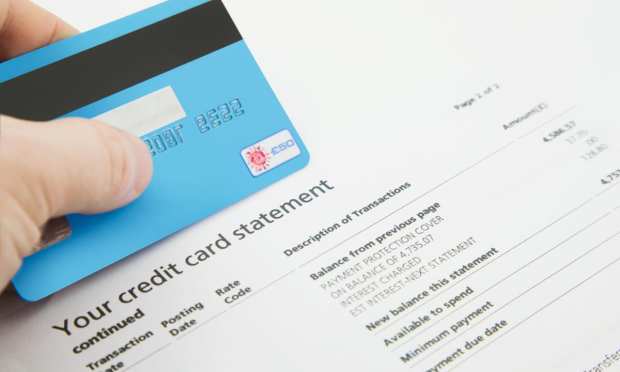Ripple Effects For Banks, Visa And Mastercard As Consumers Cut Card Balances

Americans are still borrowing – but not with their cards, which seem to have been kept firmly in their proverbial wallets. There is a reticence to spend with plastic, which may have ripple effects for banks and payment networks.
The Federal Reserve Bank of New York reported on Wednesday (May 12) that there’s been a “confounding” slide in credit card debt amid increased spending and even a ramp-up in travel spending (which has, traditionally, found its way onto credit cards).
In terms of headline numbers, credit card balances slipped by $49 billion in the first quarter of the year. Perhaps unsurprisingly, balances were paid down as consumers got stimulus checks, saved money and reined in spending.
“Credit card balances are $157 billion lower than they had been at the end of 2019, consistent with both paydowns among borrowers and constrained consumption opportunities,” the Fed reported – and the total amount is about $770 billion.
Mortgages in Demand
Yet you’d be forgiven for thinking that the appetite for debt is still intact. Consider the fact that total household debt hit $14.6 trillion in the quarter, which would mark a 60-basis-point rise from the end of last year and an aggregated $344 billion rise from last year. Clearly, consumers piled into mortgage debt and student loans.
In fact, reported the Fed, mortgage balances were $117 billion higher year over year, standing at $10.2 trillion at the end of the most recent period. Mortgage originations in the quarter reached $1.1 trillion, a near-record pace. Seventy-three percent of those originations were to borrowers with credit scores over 760.
In another nod to credit quality, only 15 percent of the $153 billion of newly originated auto loans were originated to borrowers with credit scores below 620; that’s the lowest share seen in the Fed’s history of tracking the data.
Delinquency rates slipped in a further measure of creditworthiness – to about 3.1 percent of all debt outstanding – as a harbinger that banks and other firms are likely to release reserves for anticipated loan losses headed forward.
But might this spell a bit of a headwind for banks and other financial services firms moving forward? After all, increased transactions on cards keep revenue streams intact for these firms. Firms like Synchrony, Discover and Capital One have seen high single-digit percentage to mid-teen percentage point declines on balances.
During earnings season, firms noted that debit had outpaced credit spend – but early signs, at least in the current quarter, may point to at least some rebound.
Jennifer Piepszak, J.P. Morgan’s chief financial officer, told analysts on the first-quarter earnings call in April that “consumer sentiment has returned to more normalized levels, reflecting increased optimism. We’ve seen debit and credit card spend return to pre-pandemic levels, up 9 percent year on year and 14 percent versus 1Q ’19, despite T&E remaining significantly lower.”
Travel and entertainment are key areas of credit spend, and are likely to return amid economies reopening. Indeed, J.P. Morgan has seen that T&E spend was up more than 50 percent in March compared to February, and the bank saw “similar growth across CX loyalty and ultimate reward travel bookings.” And Mastercard, in its own results, indicated that credit is poised to recover as domestic spending reaches pre-pandemic levels.
